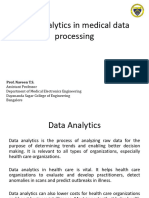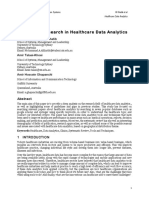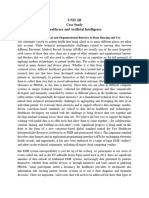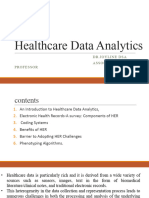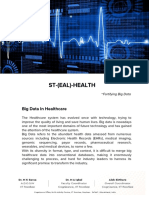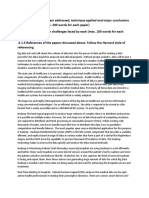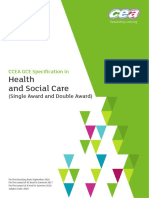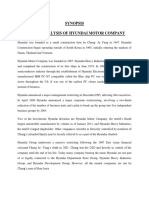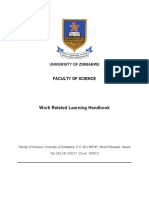0% found this document useful (0 votes)
4 views9 pagesIntroduction
The document discusses the rising healthcare costs in the U.S. alongside the lack of significant improvements in care quality, emphasizing the potential of advanced data analytics and technologies to enhance healthcare delivery. It highlights various data sources, including Electronic Health Records, biomedical images, sensor data, and genomic data, while addressing the challenges of data integration and analysis in the interdisciplinary field of healthcare. The document also underscores the importance of developing analytical techniques to transform healthcare data into actionable insights, ultimately aiming to improve patient outcomes and reduce costs.
Uploaded by
Saifanamol VmCopyright
© © All Rights Reserved
We take content rights seriously. If you suspect this is your content, claim it here.
Available Formats
Download as DOCX, PDF, TXT or read online on Scribd
0% found this document useful (0 votes)
4 views9 pagesIntroduction
The document discusses the rising healthcare costs in the U.S. alongside the lack of significant improvements in care quality, emphasizing the potential of advanced data analytics and technologies to enhance healthcare delivery. It highlights various data sources, including Electronic Health Records, biomedical images, sensor data, and genomic data, while addressing the challenges of data integration and analysis in the interdisciplinary field of healthcare. The document also underscores the importance of developing analytical techniques to transform healthcare data into actionable insights, ultimately aiming to improve patient outcomes and reduce costs.
Uploaded by
Saifanamol VmCopyright
© © All Rights Reserved
We take content rights seriously. If you suspect this is your content, claim it here.
Available Formats
Download as DOCX, PDF, TXT or read online on Scribd
/ 9










